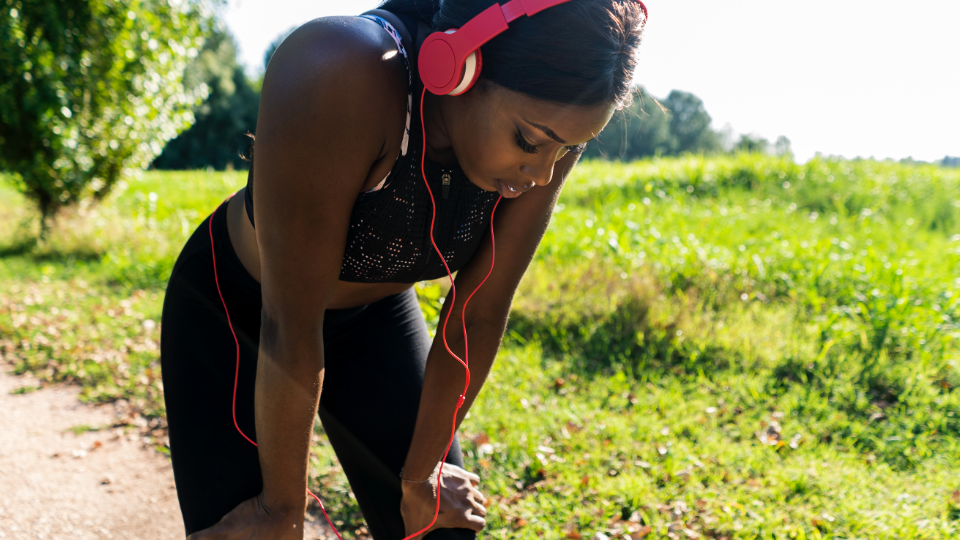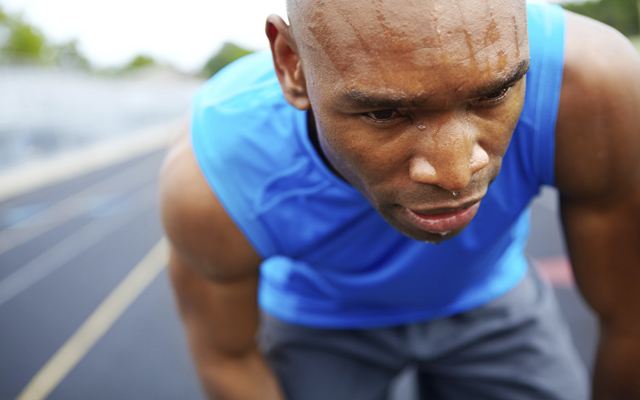Too often athletes go overboard when trying to eat healthfully. They may put themselves under strict calorie limits, cut out certain ingredients, or even avoid entire food groups in the hopes of reaching their performance goals.
The truth is that there’s no such thing as a perfect diet. The key is balance. Athletes can achieve an excellent diet without going to extremes. Here are five tips to help athletes achieve a balanced approach to fueling their bodies.
1. Energize your performance.
Athletes can’t achieve peak performance on low-calorie diets, and many athletes fail to consume enough calories. Most female athletes need about 2,400-2,800 calories a day while male athletes need 2,800-3,600 calories a day (1). This number can be even higher in some circumstances and depends on an athlete’s sport, weight, body composition, training level, and training volume.
2. Start with a good breakfast.
It can be challenging for athletes to meet their higher-calorie needs when they fall behind early in the day. Athletes who under-fuel in the morning may find that they often feel as though they are starving by evening. If you are excessively hungry in the evening, consider making your breakfast more substantial or adding an extra mid-morning snack. An IsaLean® or IsaLean PRO Shake is one choice that can help add extra protein to your morning and help keep you feeling satisfied.
3. Divide and conquer.
Space your energy evenly over the course of the day by dividing your calories between three to four meals along with one or two snacks. If your goal is to consume 3,000 calories every day, divide this into four meals of about 600-700 calories every four hours, and have two snacks of around 200 calories.
4. Make your snacks count.
By choosing nutritious snacks, you’ll be able to ensure you are providing your body everything it needs to rebuild, repair, and refuel. For peak performance, athletes need a balance of carbohydrate, protein, and fat. Carbohydrates like oats, rice, and sweet potatoes fuel exercise and give your muscles energy. Protein choices like meat, seafood, and eggs build and repair muscle tissue. Sources of good fats such as nuts and olive oil support metabolism and sustained energy.
5. Allow for some “wiggle” room.
The athlete who makes healthful food choices most of the time will beat out an athlete who goes to an extreme trying to achieve the “perfect” diet all the time. One reason is that motivation is fleeting. Going all out, whether in training or diet, can lead to exhaustion and burnout. Sharing a meal out with friends or having an occasional treat shouldn’t make you feel like you’re cheating. Food choices should be considered in the context of your whole diet. For example, if your diet averages 3,000 calories per day, you can enjoy a treat of around about 300 calories most days without a second thought, since a 300-calorie treat represents only 10 percent of your daily calories.
Performance-minded athletes sometimes lose sight of a balanced approach to eating and become too focused on achieving the perfect athlete’s diet. When an athlete follows an overly restricted diet, they run the risk of making a negative impact on performance or creating a lifestyle that can lead to exhaustion and burnout.
By focusing on meeting calorie needs, spreading meals and snacks throughout the day, and choosing healthy foods most of the time, athletes can support performance in a sustainable way.
Reference
- Thomas DT, Erdman KA & Burke LM. Position of the Academy of Nutrition and Dietetics, Dietitians of Canada, and the American College of Sports Medicine: Nutrition and Athletic Performance. J Acad Nutr Diet. 2016 Mar;116(3):501-28





